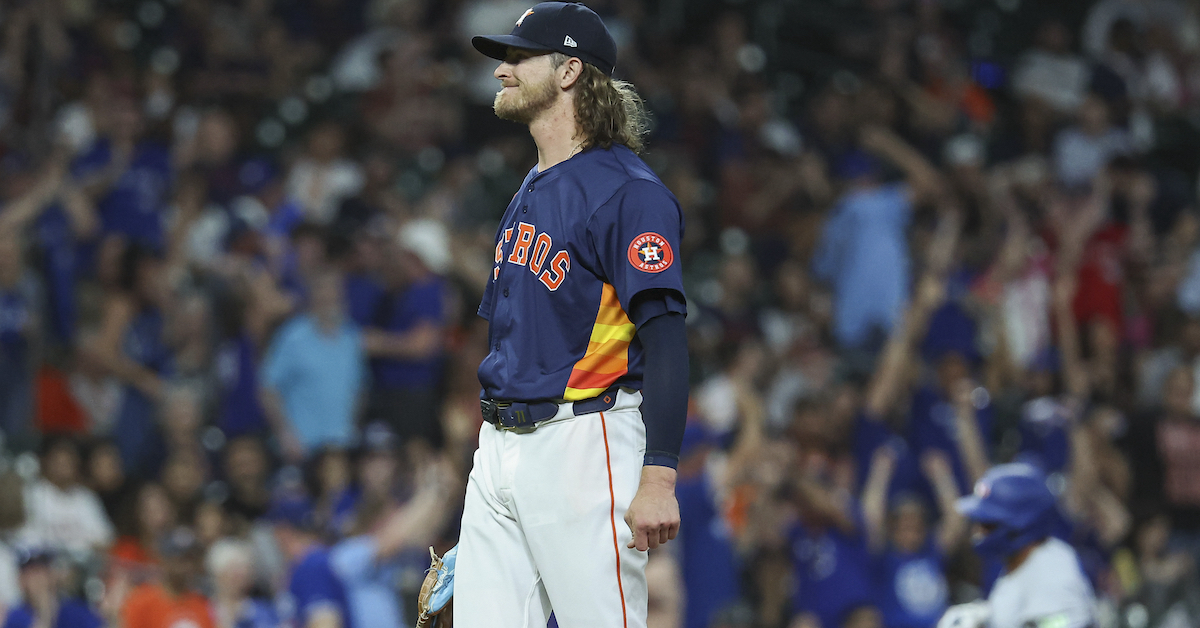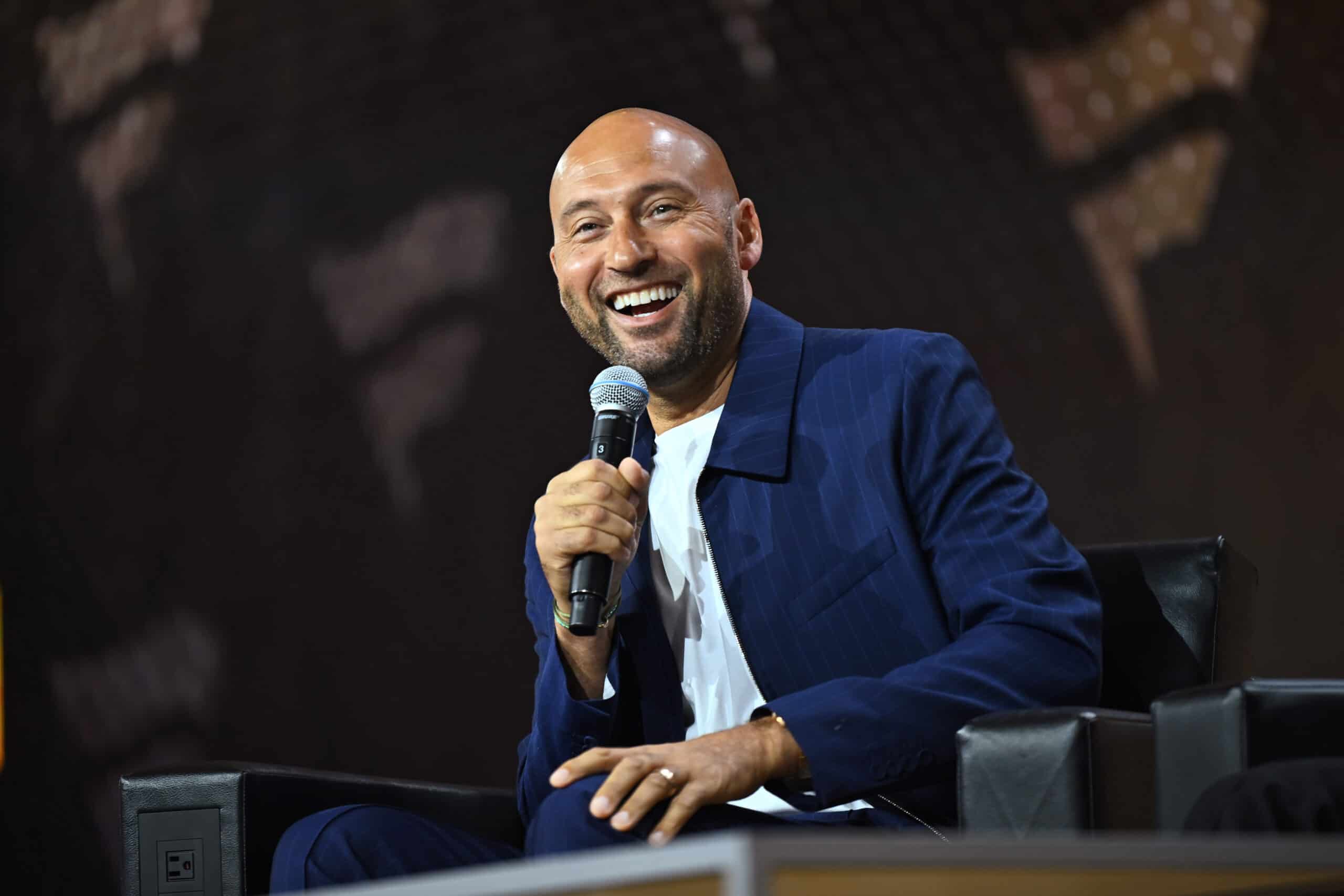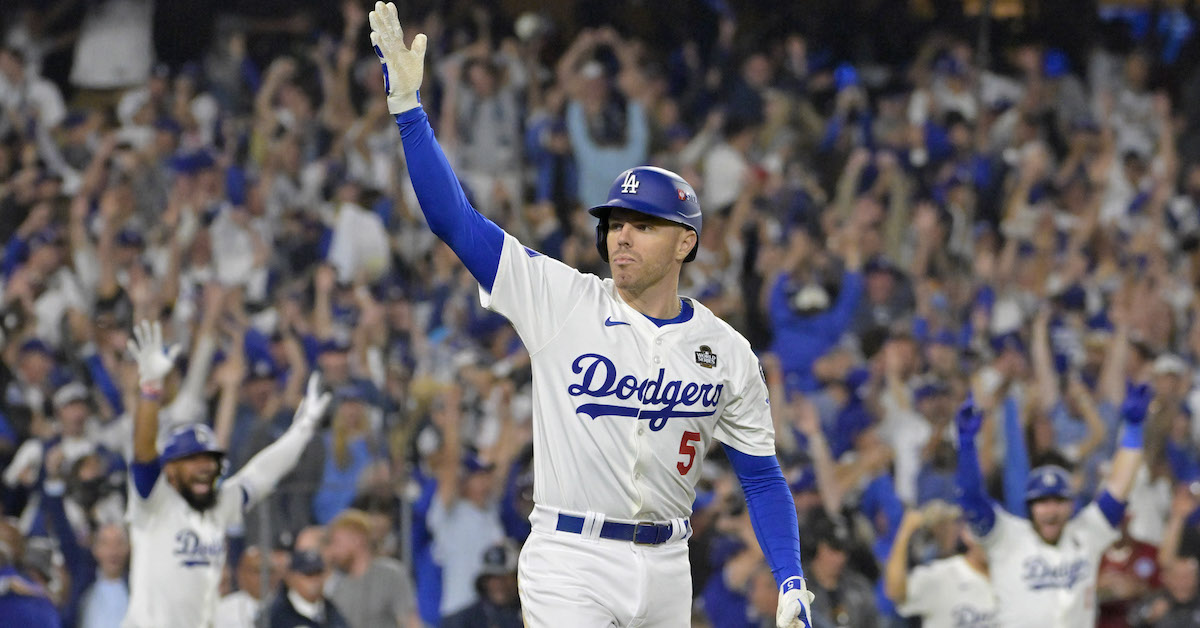[ad_1]

If you’re going to spend big on a free agent closer, you should probably shop at the top of the market. That’s what the Astros did this past offseason, shelling out $95 million over five years to bring Josh Hader home. Last season, Hader was unhittable, with a 1.28 ERA in 61 appearances and 33 saves in 38 opportunities. This year, not so much. His ERA is 6.39, and was over 9.00 on Tax Day. He’s only had two saves, which is partially his teammates’ fault, but Hader has also blown a save and taken a loss. The Astros, meanwhile, have struggled to find spots to use him. He’s had only one save opportunity since the first week of April, including a weeklong stretch in which he didn’t pitch at all. Tuesday night, Hader had his first two-inning regular-season relief appearance since 2019. Not the start either Hader or the Astros envisioned, I think we can all agree.
When a reliever starts a multi-year contract like this — particularly a reliever in his 30s, who had some highly publicized struggles in the past 24 months — panic sets in really quickly. But with Hader, there’s considerable evidence that his ineffectiveness is mostly the result of being swallowed by the Astros’ Charybdis of rottenness so far this season, rather than a sudden loss of effectiveness. Hader is running a higher strikeout rate than last year, with a lower walk rate. His BABIP is .444, which is unsustainable for a human pitcher (as opposed to a tee) and the discrepancy between Hader’s ERA and FIP (more than four runs) is the ninth highest among more than 200 qualified relievers. Moreover, Hader has suffered from some bad sequencing. His LOB% is only 51.1% (it was 88.8% last year), and if you eliminate a four-run, 1/3-inning outing against the Braves, Hader’s ERA would be 3.64. I know it doesn’t work that way, and 3.64 is not what he’s getting paid $19 million a year to produce, but if Hader’s ERA were in the mid-3.00s at the end of April, nobody outside of Harris County would’ve noticed.
The season is still young enough that it’s not any real inconvenience to go back and watch every single base hit Hader’s given up. Of the 13 hits he’s allowed, 10 were singles, which tells you something right off the proverbial bat. One of the three extra-base hits, a triple in the gap by CJ Abrams, hung up in the air for an eternity and would’ve been an easy out if it were hit a few degrees in either direction. That same inning, Lane Thomas got credit for an infield single that should’ve been an error on Jose Altuve, and there’s the Gleyber Torres blooper that came off the bat at 59.3 mph. That’s how you run up a .444 BABIP. I’d love to be able to write this off as early season variance. God knows my job would be easier if, every time something weird happened in April, I could throw my hands up and say, “Small sample size!” But a few of those hits raised red flags.
For example: There was a ringing single by Brenton Doyle — giving up any hard contact to Doyle is worrisome — and a conga line of scalding line drives in that one nightmare outing against Atlanta. I want to highlight two things Hader is actually doing differently this season compared to previous years, because as much as I think his ugly ERA is mostly the result of some bad sequencing and the wrath of the BABIP gods, I’m concerned by how he’s throwing his slider and where he’s throwing his fastball. Let’s go back to that list of Hader’s hits. Only three of the 12 were off the slider. One was a pretty well-located backdoor breaking ball that Ronald Acuña Jr. smashed back through the box (almost through Hader’s ankles, in fact) for a single. Not to worry — pitch in this league long enough and eventually you’re going to get Charlie Browned by Acuña. One of the other two hits Hader surrendered off his slider was his only home run of the year. Davis Schneider came to the plate down a run with a man on first and two outs in the ninth and did this. One thing I like about Minute Maid Park is…
When a home run hits one of those huge metal placards it makes a satisfying BONG. If you watch the video of Schneider’s home run you can…
Here’s where he was throwing the heater last year. Hader wasn’t really filling up the strike zone with fastballs; he was pounding the very top of the zone. Hader debuted in 2017, and from that year through 2023, he was one of 276 pitchers who threw at…
This year, his groundball rate is 55.6%, probably because he’s throwing more fastballs down in the zone. (“Low” in the following table…
[ad_2]



